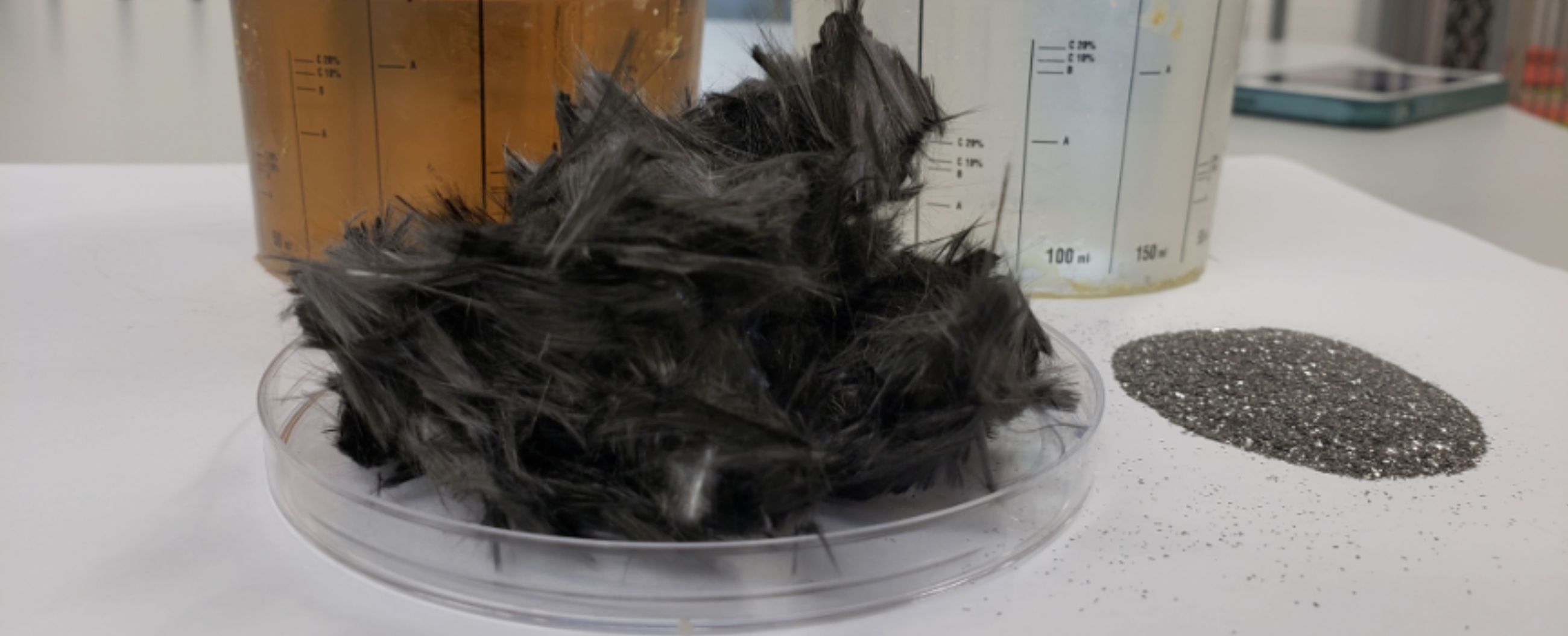
Recycled carbon fibre substitution in flywheels
Flywheels have a possibility of increasing the use of renewable energy, as they can stabilise the grid against the frequency instabilities arising from the fluctuation of the renewable energy sources. Furthermore, flywheels can lengthen the lifetime of electrochemical batteries through decreasing their need for heavy cycling, thus decreasing the pressure on extracting the critical raw materials used in electrochemical batteries.
However, even though flywheels can be made of rather abundant materials, such as carbon fibre reinforced polymers (CFRP) used in the rotor, they still require those materials in large amounts. At the same time, renewable energy is largely generated from wind. Currently, the CFRP used in wind turbines mostly ends up in landfills or incineration due to the difficulties in feasibly recycling it.
Teraloop is aiming to solve both of these problems by recycling the carbon fibre in discarded wind turbines into flywheel rotors. A flywheel configured for short-term energy storage can accommodate the properties of recycled carbon fibres well, provided that the fibres remain rather long (on the scale of centimetres) and are processed in a way that partly aligns the fibres.
In addition to using recycled materials, we are aiming to build our own product with maximum recyclability, thus targeting full accordance with circular economy. In particular, we are looking into plastic resin materials that facilitate the separation of the resin and reinforcing fibres at the end of life of the rotor.
Essentially, we envision decoupling the growth of kinetic energy storage from the use of virgin raw materials. A particular challenge are permanent magnetic materials needed to generate magnetic levitation and motor/generator function. The most effective permanent magnets are based on rare earth elements. An interesting future approach would be to acquire these through urban mining. At the least, we are developing the magnetic materials towards easy recyclability at the end of life of our own rotors. Eventually, this would pave the way towards products that are increasingly easy objects for urban mining.


